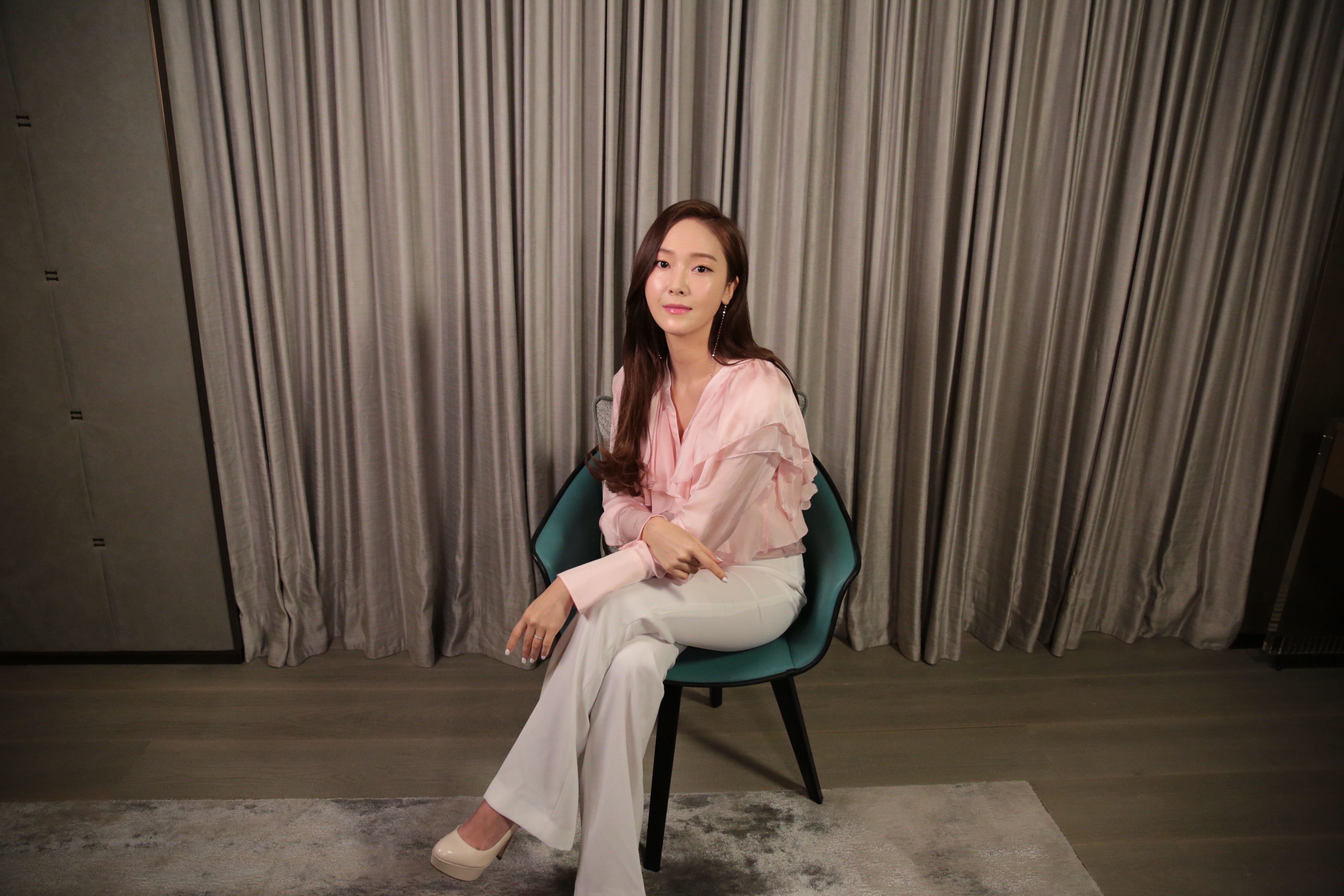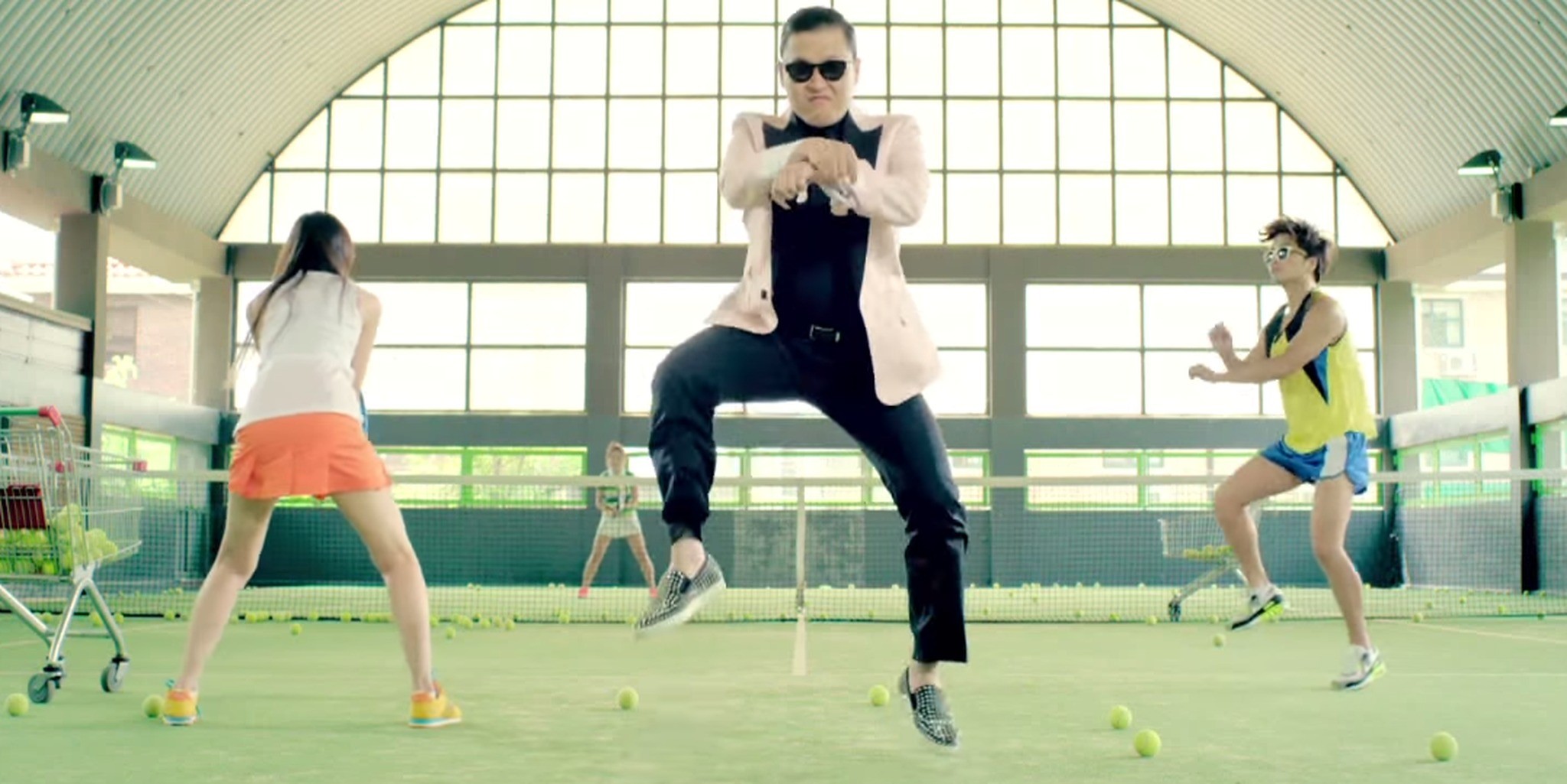K-pop: harmless eye candy or toxic sludge?

Our resident socialite considers the cost of K-pop – what the stars go through and how they are treated
K-pop is everywhere. If you live in Asia, you can’t escape it. On the street, on TV, in our shops, on the net, it’s inundating our lives. The endorsements are endless, the fan fervour is fierce.
It’s perplexing. From my not-so-humble point of view, K-pop has always seemed cleverly packaged, unchallenging, deeply superficial mush – rather like McDonald’s. The girls all seem to go to the same plastic surgeon; the boys are sexless mannequins. The music videos, though slick and professionally produced, never rise above the level of eye candy.
Are my feelings about this valid, or am I, at an outstandingly glamorous thirty-something years young, hopelessly out of touch? Last weekend, I entered my Mind Palace™ in search of answers. (That is to say, I pulled up YouTube and did the bare minimum of web research; am now an expert.)
To begin with: good gracious but there are a lot of them! How can such a small country produce so many pop groups? Is anyone keeping count? South Korea only has about 51 million people – are they cloning these kids?
It was hard to know where to begin, but I checked out some of the more popular videos doing the rounds, and made copious notes.
Musically, I have to say I found the boys more interesting than the girls. Acts like BTS, Jonghyun and J-Hope definitely have their own thing going on. There is lots of humour, off-the-wall precociousness and unpredictability. Even if they’re not writing their own stuff, they put their own stamp on it. While none of it exudes what I’d call sexuality, these guys definitely have attitude – and some of them can really move.
With the girls, I just didn’t get the feeling that they have any real agency. If you’re going to play the part of a stuck-up starlet – let’s face it, that’s what many of these videos are about – you’d better bring some 24ct sass. But in my foray into this bubblegum world, something else started leaking through: for all the apparently confident pouting layered throughout Blackpink’s Ddu-Du Ddu-Du, Red Velvet’s Cookie Jar, or the innocent little moves that are Twice’s trademark, I started feeling empathy for these girls. There’s a look in their eyes that can’t be hidden – a look that I recognised. I delved a little deeper, already knowing what I’d find.
It’s clear to me that no one talks enough about how these kids are treated. The abuse of aspiring young stars by older, more senior people – almost always men – in the K-pop industry is rife. “Trainees” and newly debuted idols are subjected to gruelling schedules, get hardly any personal time thanks to “slave contracts”, and are seldom let out of their managers’ sight. Stories of executives drugging, abusing and raping the teens who are theoretically in their care are widespread.
It’s not just the girls who are harmed. Last year’s suicide of Kim Jong-hyun, a.k.a. Jonghyun, of boy band SHINee, sent shock waves through the industry and legions of fans – and his was just one death among the dozens of youngsters who, finding themselves unable to cope with the pressure and the treatment meted out to them, have taken their own lives. These are cracks in a facade of make-believe. Every time, the cracks are hastily papered over by the authorities and by the hugely powerful music industry.







